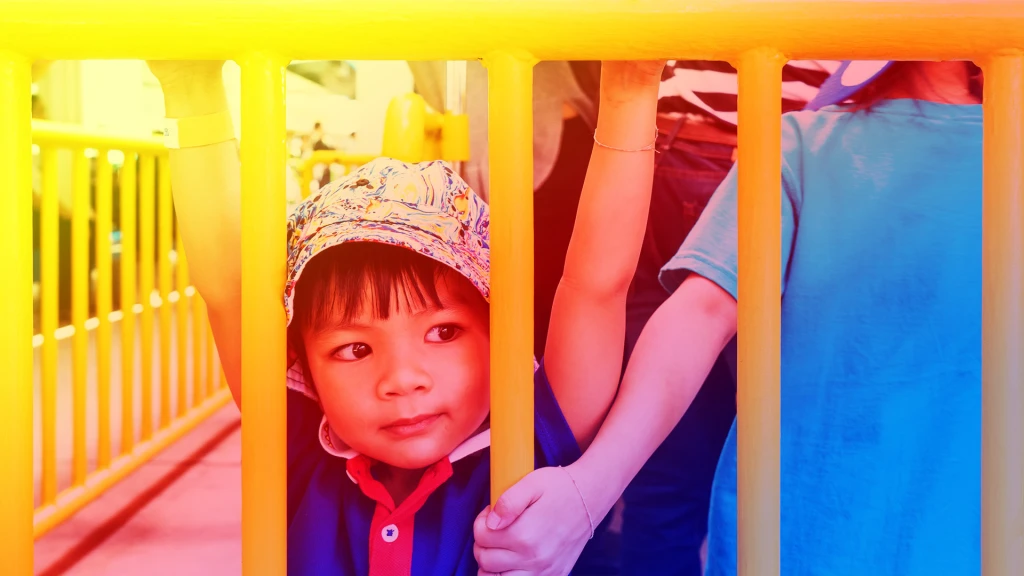- Abuse & The Abuser
- Achievement
- Activity, Fitness & Sport
- Aging & Maturity
- Altruism & Kindness
- Atrocities, Racism & Inequality
- Challenges & Pitfalls
- Choices & Decisions
- Communication Skills
- Crime & Punishment
- Dangerous Situations
- Dealing with Addictions
- Debatable Issues & Moral Questions
- Determination & Achievement
- Diet & Nutrition
- Employment & Career
- Ethical dilemmas
- Experience & Adventure
- Faith, Something to Believe in
- Fears & Phobias
- Friends & Acquaintances
- Habits. Good & Bad
- Honour & Respect
- Human Nature
- Image & Uniqueness
- Immediate Family Relations
- Influence & Negotiation
- Interdependence & Independence
- Life's Big Questions
- Love, Dating & Marriage
- Manners & Etiquette
- Money & Finances
- Moods & Emotions
- Other Beneficial Approaches
- Other Relationships
- Overall health
- Passions & Strengths
- Peace & Forgiveness
- Personal Change
- Personal Development
- Politics & Governance
- Positive & Negative Attitudes
- Rights & Freedom
- Self Harm & Self Sabotage
- Sexual Preferences
- Sexual Relations
- Sins
- Thanks & Gratitude
- The Legacy We Leave
- The Search for Happiness
- Time. Past, present & Future
- Today's World, Projecting Tomorrow
- Truth & Character
- Unattractive Qualities
- Wisdom & Knowledge
Relationships Sundays
Stranger Danger vs Strange Behavior
I recently listened to a podcast that made me think about what I am teaching my children about “stranger danger.”
My oldest child is at the age where strangers and who is “safe” is a regular conversation that we are having. She is shy, and so I often find myself saying things like “those people are very friendly and want to say hello to you…” as we walk past other people at the grocery store who smile and say hello. (She is adorable and lots of people wave or smile or say hello:)
But that doesn’t line up with “stranger danger” themes that teach children not to talk to strangers. I’ve always felt like it’s a difficult thing to explain to children - because most people are friendly - and I want my kids to grow up to be friendly as well. Not to be afraid of other people.
So I was very glad to hear this particular podcast where the mother spoke about how she does not teach “stranger danger” - but instead she teaches her children to watch for “strange behavior.” She talked about how the statistics show us that most child abuse happens with adults that the child knows and trusts - not from random stranger that want to say hello at the grocery store.
Now, obviously we have to teach children about strangers - but maybe not to be fearful of them. Instead, we should focus on teaching our children to watch for strange behavior from ALL adults. Like if an adult tells them that something will be “our little secret...” or “don’t tell your mom and dad about this…” or if someone is making them feel unsafe or uncomfortable or hurting them…
So let’s stop with the stranger danger conversation - and instead start teaching our children to watch for strange behavior.
Interesting Fact #1
Most children who experience abuse ARE abused by someone they know (and usually trust), NOT by a stranger.
Interesting Fact #2
Most missing children are abducted by family members; but about 100-150 children are criminally abducted each year.
Interesting Fact #3
It is noteworthy to mention that in 2018, there were 1600 attempted child abductions in the U.S.; 68% involved the suspect driving a vehicle, 34% occurred between 2:00-7:00pm, 64% involved a female child, 35% of the children were between the age of 10-14 years old. For incidents in which the suspect was identified or arrested, only 13% were registered sex offenders at the time of the incident.
Quote of the day
“If you put good apples into a bad situation, you’ll get bad apples.” ― Philip G. Zimbardo
Article of the day - ‘Stranger Danger’ Is Over — Here’s What Parents Are Teaching Their Kids Instead
Anyone who came of age since the 1960s knows about “stranger danger,” the concept of warning children that any unknown adult could be a potential “bad guy.” But it’s high time we moved beyond that black and white way of thinking and focused on “tricky people” instead.
The “tricky people” phrasing came about in the mid-2000s and is becoming a popular tool among millennial parents to teach their children how to identify safe vs. unsafe adults (strangers or otherwise) — and protect themselves from abduction and sexual abuse. Shifting away from the helicopter-parenting approach of previous generations, many millennials are instead focusing on empowering their kids and fostering their independence — what Time magazine described as “following and responding to their kids more than directing and scheduling them.”
Although the stranger danger warning has been a default parenting strategy to protect kids for many years, it’s outdated and doesn’t teach decision-making skills. Here are some of the main reasons stranger danger doesn’t work, why the concept of tricky people may be more effective and some of the top safety tips we can teach our kids to help them think critically, make smart choices and avoid predators.
Why stranger danger doesn’t work
1. It’s based on fear
When I was a little girl, my mom taught me to be afraid of strangers. I was also very shy, so I was absolutely terrified to talk to anyone I didn’t know (and some people I did know). I was convinced a strange, unknown kidnapper was going to show up and snatch me from my bedroom in the middle of the night. I obsessively checked all the doors and windows — more than once — every night to make sure they were locked before I went to bed. It’s scary as a child to imagine the entire world, which is inherently filled with strangers, is bad and out to get you. And it’s also just incorrect, because…
2. Not all strangers are bad
Simply following the ingrained “don’t talk to strangers” advice many of us were raised with does not actually protect kids from many real threats they may face. A whopping 90 percent of all childhood sexual abuse is initiated by someone the child knows, not a stranger. Plus, avoiding all strangers can be problematic when a child may need to ask an unfamiliar adult (a police officer, for example) for help in an emergency.
3. The concept of “stranger” is abstract
Another reason stranger danger isn’t very effective is because it can be a difficult concept for young children to understand. In a study a few years ago, with permission from parents, a police officer dressed in street clothes asked several young children in a park to help him find his lost puppy; most of them went with him without question. When asked by their parents later about why they would go with a stranger, the children all had similar answers along the lines of, “He wasn’t a stranger; he seemed nice.” Possibly due to the stranger danger warning overload, many very young children may think of a stranger as simply someone who looks dangerous — who appears mean or different from them or who is wearing dark clothes and a hat, like the figure in a neighborhood watch sign.
So, what is a tricky person?
The term tricky person was coined by Pattie Fitzgerald, child safety advocate and prevention education consultant who founded Safely Ever After with the goal of teaching parents and children “effective skills and tools to keep them safe from predators.” The term tricky person is a way for kids to think about the situation they are in and identify dangerous people based on their actions, not simply whether they’re a stranger.
How to identify a tricky person
1. Focus on behavior, not appearance
You can start talking to kids as young as 3 years old about tricky people by teaching them to be skeptical of any adults who are displaying suspicious or potentially dangerous behavior. Make a point to help them understand that tricky people might seem friendly or nice and won’t necessarily look mean or scary; they might even be friends, teachers or family members.
2. Behaviors to watch for
Teaching kids about tricky people empowers them to ask questions and think critically about the situation they are in. Kids can learn to be wary of adults who exhibit suspicious behaviors, such as asking a child for help, trying to plan alone time with a child, giving kids random gifts or constant praise or attention, asking a child to keep a secret from their parents or teachers or touching a child too much (including tickling, hugging, wrestling) or in private areas. It’s important to teach kids that any of these tricky behaviors are not normal, regardless of whom they’re coming from. And for your part, make sure you take your children seriously if they share that any of these have happened.
3. Explain to kids what to do if they encounter a tricky person
Once your kids understand what a tricky person is, you also need to tell them what to do about it. Here are some things you can tell your child:
- Tell a trusted adult.
- Don’t go anywhere alone with one adult unless they are a trusted adult (parent, for example).
- If someone offers to give them something (a treat, money, a puppy) out of context (i.e., not at their birthday party), they should not take it. They should tell the adult they need to ask their parents if it’s OK.
- Trust their gut. If something gives them a yucky feeling, it’s probably not safe.
- Choose a safety password as a family (remind your kids they have to keep it a secret, even from their teachers and friends). Tell them that way, if another adult has to pick them up from school in an emergency, they can ask them for the safety password before going with them.
- Follow the top 10 kid safety rules.
The bottom line
We know it can be scary to be a parent. You want to protect your children from harm, but you can’t be with them every minute of every day, especially as they get older. An important part of parenthood is empowering our children with the skills, confidence and knowledge they need to make good decisions on their own — to be independent and to become contributing citizens in our communities. Teaching kids about how to think critically to identify and respond to tricky people (rather than simply writing off all strangers as bad and all known adults as good) is a valuable skill that will help protect them from harm and prepare them to be out in the world on their own.
Question of the day - What do you think about stranger danger? Is it something you think we should teach our children?
Abuse & The Abuser
What do you think about stranger danger? Is it something you think we should teach our children?












